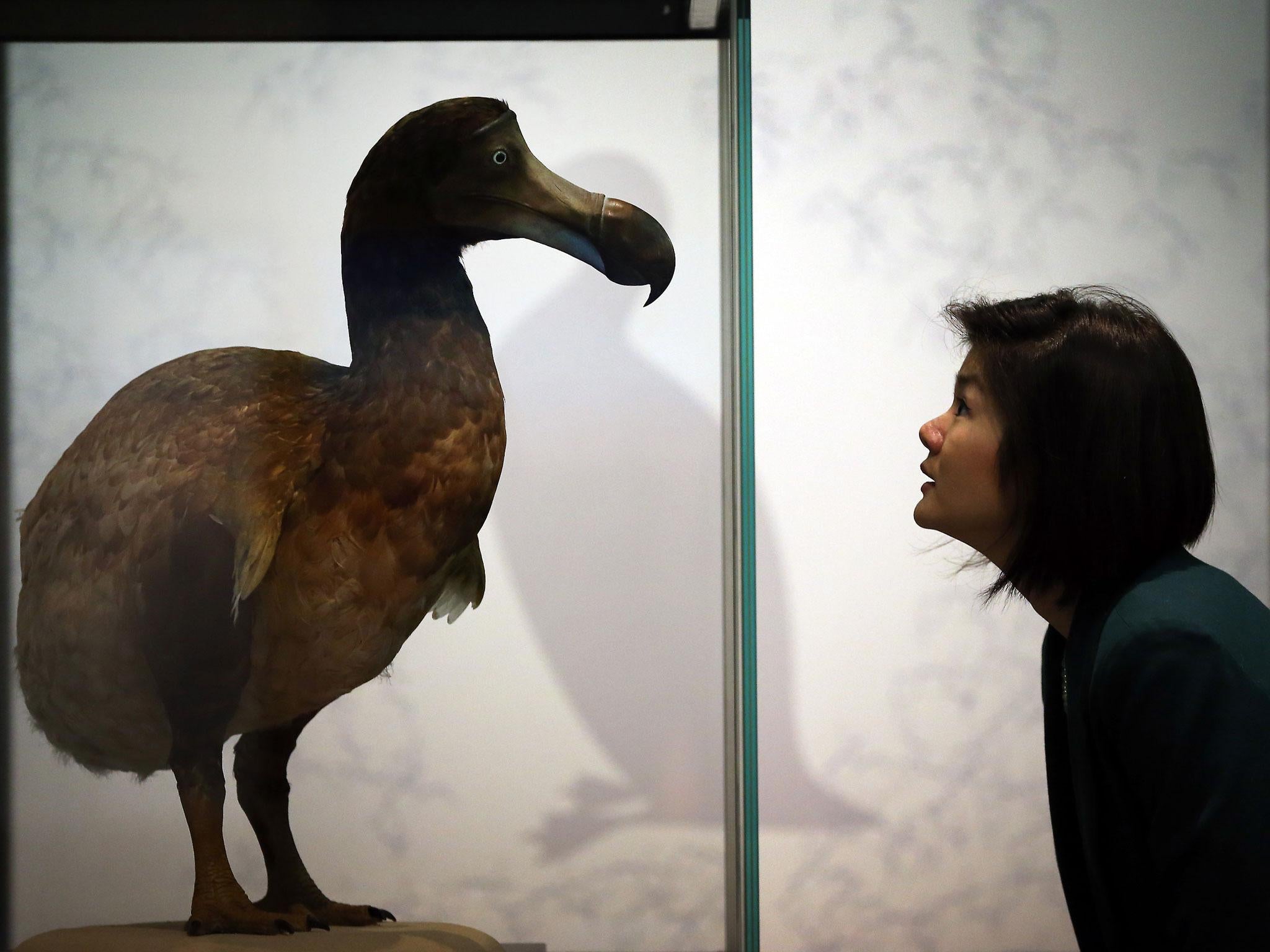Thousands of dodos died in deadly cocktail of faeces and poisonous gas on Mauritius during 'megadrought'
Fossils of the island’s native species were found in a a mass graveyard

Your support helps us to tell the story
From reproductive rights to climate change to Big Tech, The Independent is on the ground when the story is developing. Whether it's investigating the financials of Elon Musk's pro-Trump PAC or producing our latest documentary, 'The A Word', which shines a light on the American women fighting for reproductive rights, we know how important it is to parse out the facts from the messaging.
At such a critical moment in US history, we need reporters on the ground. Your donation allows us to keep sending journalists to speak to both sides of the story.
The Independent is trusted by Americans across the entire political spectrum. And unlike many other quality news outlets, we choose not to lock Americans out of our reporting and analysis with paywalls. We believe quality journalism should be available to everyone, paid for by those who can afford it.
Your support makes all the difference.Dodos have long-since been known as one of the unluckier species in the animal kingdom, but a recent study has suggested they didn't have the best time of it even before they were hunted to extinction.
An ancient megadrought is thought to be behind the deaths of thousands dodos and giant tortoises which were found in a mass "graveyard" on the tiny paradise of Mauritius, the island to which the dodo was endemic.
Many of the island’s native species were found dead in a "soup" of poisonous algae and their own faeces, it was reported in the latest issue of The Holocene.
A study by a team from the University of Amsterdam found that the area of Mauritius, known as Mare aux Songes, held a lake which was an important source of fresh water for animals that did not migrate.
As a prolonged drought forced animals to one part of the island where there was still fresh water, their excrements produced hypertrophic conditions that combined with salinization and high temperatures.
The result was a deadly cocktail that resulted in the deaths of an estimated 100,000 vertebrates by "intoxication, dehydration, trampling and miring, and promoted a unique conservation of fossils".
It is believed that the 50-year "megadrought", caused by a dramatic decrease in monsoon activity, could mean there are similar graveyards elsewhere in the south west Indian Ocean region.
"Our multi-proxy data evidence a severe drought between 4190 and 4130 cal. yr BP, which ultimately led to mass mortality of larger vertebrates, including two species of giant tortoises and dodos," the study reported.
"We demonstrate a direct relation between the mass mortality events in the Mare aux Songes (MAS) rock valley and the 4200 cal. yr BP drought."
Sanitation appears to have become a major issue with so many animals crowding around the shrinking source of fresh water. “The animals lived around the edges, and the excrements probably got mixed up in the wetlands," de Boer told Science Mag.
"It’s like a big toilet."
Despite this grisly event, the dodo population returned with the rains, and they survived for another 3800 years before the arrival of the Dutch in 1638, when they were hunted to extinction.
Join our commenting forum
Join thought-provoking conversations, follow other Independent readers and see their replies
Comments